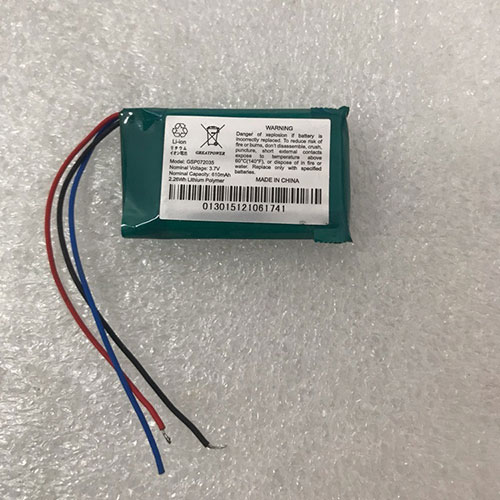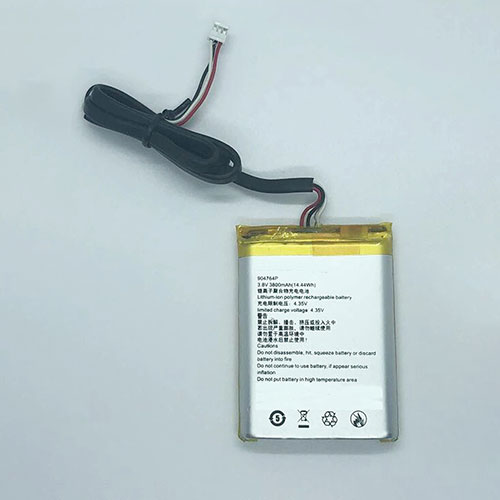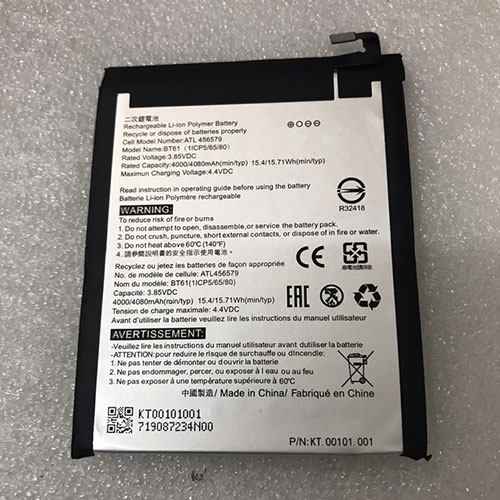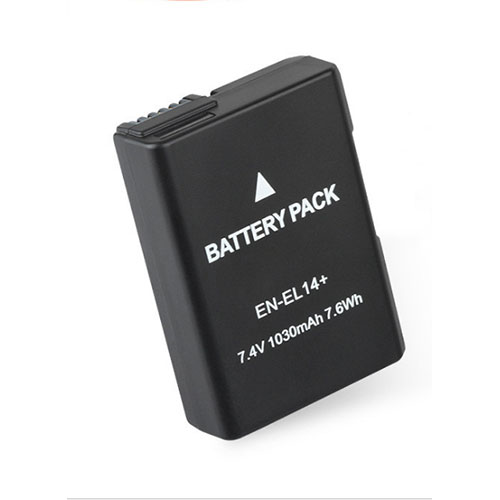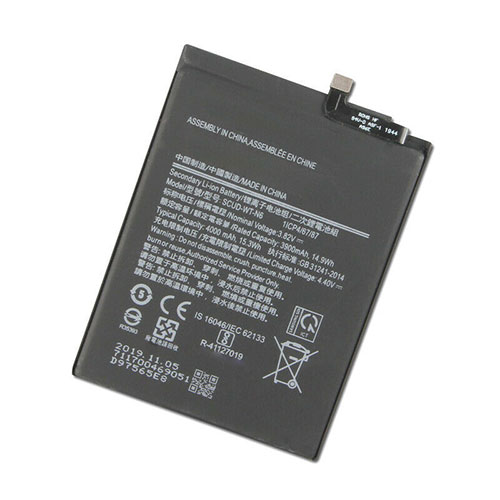Apple may have done away with godawful butterfly switches earlier this year, but I legitimately cannot stand the Magic Keyboard. It’s so…flat. I’m not super swole but I know I can snap that thing in two over my knee. It somehow costs $100. And while the scissor switches are fine on my actual MacBook Pro, I prefer mechanical keyboards for long typing sessions at my desk. The only problem is most mechanical keyboards that don’t cost a fortune are optimized for Windows.
It fucking sucks, and I’ve put up with it for years. I’ve tried workarounds, like remapping keys via third-party software or even just trying to memorize the differences when that felt like “too much” work. It’s not that mechanical keyboards for Macs don’t exist—they do. It’s not that wireless keyboards don’t exist for Macs—they do. It’s finding the perfect wireless and mechanical keyboard that doesn’t cost $100 or more. After all, there’s plenty of affordable, sub $100 mechanical keyboards, wired and wireless, for Windows users and gamers.
Around Christmas last year, a keyboard enthusiast friend of mine recommended the Keychron K2 Version 1. Wireless? Check. Mac keyboard layout and media keys? Check. Tenkeyless? Check. Under $100? Check. My eyes bugged out of my skull. There was only one hitch. It was sold out everywhere. Then earlier this summer, I saw Keychron had put out a second version of the K2. I pounced.
At the same time, I was wondering why the name Keychron seemed familiar. As it turns out, the K2 isn’t Keychron’s first Bluetooth mechanical keyboard for Mac computers. That was the K1, a $74 mechanical keyboard that got its start two years ago on Kickstarter. It looked fine, but perusing the Kickstarter listing reminded me why I’d passed on the K1 at the time. It was limited to Blue switches, which I’m not a fan of, and the flat low-profile keys hewed a bit too close to the Magic Keyboard for my liking. Since then, Keychron’s been busy—in addition to the K1 and K2, there’s also the K4, K6, K8, and a forthcoming K3.
The main difference between all these keyboards is size, keycaps, and which keys are included or omitted. The Keychron K2 Version 2 is a compact, 75% tenkeyless keyboard with 84 keys. The keycaps have a height of 30mm in the front, and 41mm in the rear. You can use it wired or with Bluetooth, and by default, it comes with a Mac layout and Mac-specific media controls. It does come with Windows keycaps and a keycap puller as well—so if you dig the look but are on PC, or if you switch between Windows and Mac, you can still use this thing on up to three devices. There’s even a small toggle on the left side that lets you switch between PC/Android and Mac/iOS.
For switches, you can choose between Gatreon red, blue, and brown. You also have options between lighting options. If you opt for only white backlighting, it’s a bit cheaper at $70 on Keychron’s website, while the RGB version costs $80. If you want the RGB version with an aluminum frame, that goes for $90. If you don’t like the available key switches here’s also a hot-swappable version for either $80 or $100, depending on if you want RGB. You’ll have to provide your own switches, but you won’t have to solder them onto the board. In any case, whatever you pick will be either cheaper or on par with Apple’s Magic Keyboard.
I’ve been testing the K2 for about two months now and I’m a fan. I opted for brown switches, which are appropriately tactile but not so loud as to annoy my husband. (Loud, clicky keyboards are officially banned from our apartment.) One thing that I really appreciate is, as you’d expect, the layout. I no longer have to readjust every time I switch from typing on my laptop to typing on the keyboard. It sounds like a small thing, but it makes a difference—especially since I fucking hate the TouchBar and the Houdini act it does on function keys. I love that I have a specific screencap button. It comes in handy, especially when I’m covering fast-paced events.
Also, I like that this keyboard comes with several RGB lighting options that don’t require me to download extra software. This is more common for gaming mechanical keyboards, but I’ve yet to enjoy the process of customizing my dumb rainbow lights with proprietary software. The lighting effects themselves are pretty standard. You have your typical color wave and breathing effects, as well as more static backlighting. Still, there’s enough variety that you should find something you like and not get bored. You can also just disable lighting entirely, if for some reason you have no soul and hate RGB.
Which brings me to another thing. Because the Keychron K2 is compact, it’s not going to satisfy people who absolutely need a num pad. Though you do get the arrow keys at least. (If you really need a num pad, Keychron’s K1 Keyboard has one and is only $2 more expensive; their K4 Keyboard also has one, albeit in a more compact form factor, and ranges from $64-$84, depending on materials and types of backlighting.) You’re also not going to get extra programmable macro keys here, so if that’s an absolute must, you’re out of luck. Keychron also doesn’t have an official program to remap keys, but you can use other third-party software like Karabiner for Windows and Sharp Keys for Mac.
For the most part, the lack of native software isn’t a huge deal. There’s just a bit of a learning curve when it comes to remembering shortcuts. While there’s a specific lighting key, you have to press fn and either the right or left arrow key to change colors. The same is true for Bluetooth pairing—you have to hold fn + 1, as well as switch a toggle on the left side to Bluetooth. You can also press fn + X + L for four seconds to switch between function and multimedia keys. There are shortcuts for things like turning off auto-sleep mode, switching between paired devices, factory resets and turning off backlighting. None of this is hard, but I personally had to write some of them down on a sticky note for reference.
In terms of Bluetooth connectivity, I was pleased. I had no problems with pairing, and never had to re-pair the keyboard to my MacBook Pro, which I sometimes have to do with other Bluetooth peripherals. For battery life, the K2 is packing a 4,000mAh rechargeable battery with an estimated 240 hours of typing time with the backlighting off. With it on, you can get anywhere from 68-72 hours. How much you get out of a single charge will depend on how you use it. That said, I used the keyboard with RGB lighting and set to automatically sleep after 10 minutes of inactivity—and I got a little over two weeks of daily use before needing to recharge. It’s a lot better than what I got with the Razer Pro Type keyboard, which only got about 12 hours with LED lighting and required nightly charging. There’s an indicator light that lets you know when you’re at 15% battery or lower, but otherwise, there’s not really a good way to know how much battery you’ve got left.
For the price and feature set, the Keychron K2 offers up great value, particularly if you’re not too picky or new to the world of mechanical keyboards. Sure, it’s way more expensive than a wireless membrane keyboard, but as far as Mac-specific mechanical keyboards go, it’s pretty dang affordable. It’s also much, much, much more enjoyable to type on than the Magic Keyboard—throw that flat piece of overpriced trash in the fiery pits of hell. And while some keyboard snobs might turn their nose up because the K2 isn’t the fanciest keyboard around, I frankly do not give a damn. I’m not one of those mechanical keyboard enthusiasts who would willingly plop down over $300 for the perfect keyboard. I am unapologetically cheap and don’t like keyboards that much. I’m just someone who wants a reasonably priced, non-mushy wireless keyboard for my Mac—and the Keychron K2 is perfect for that.
